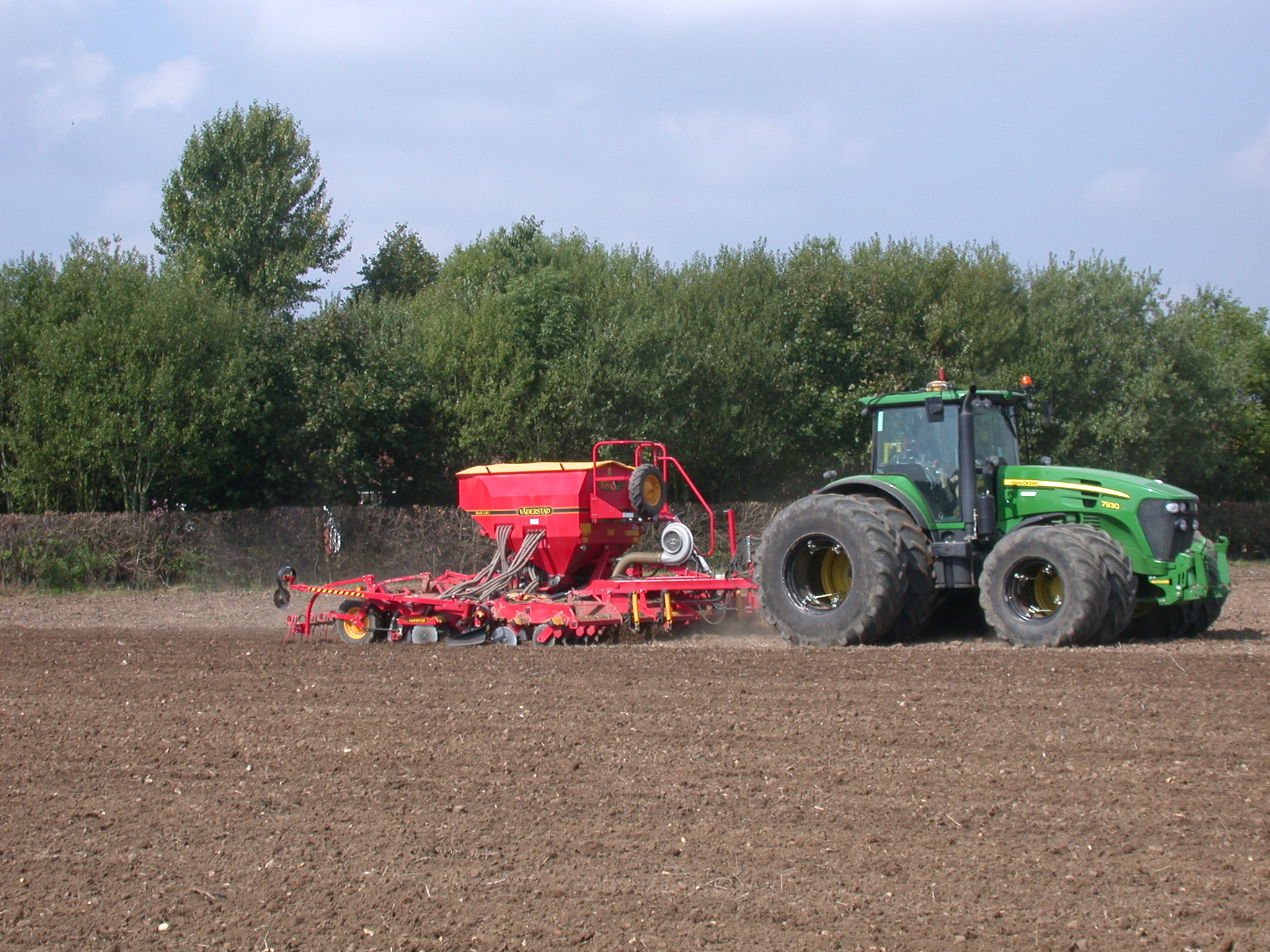
Tag: barley

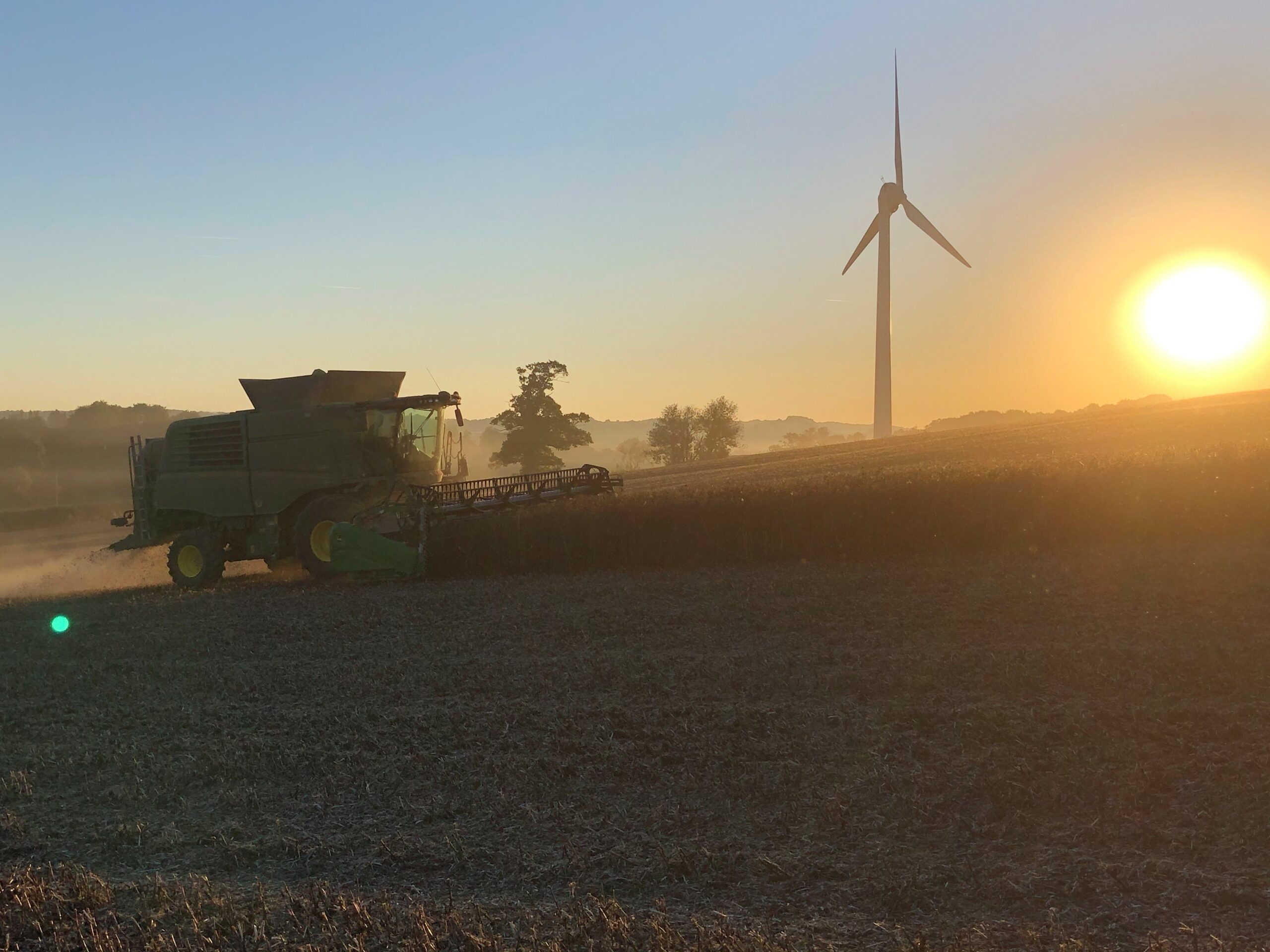
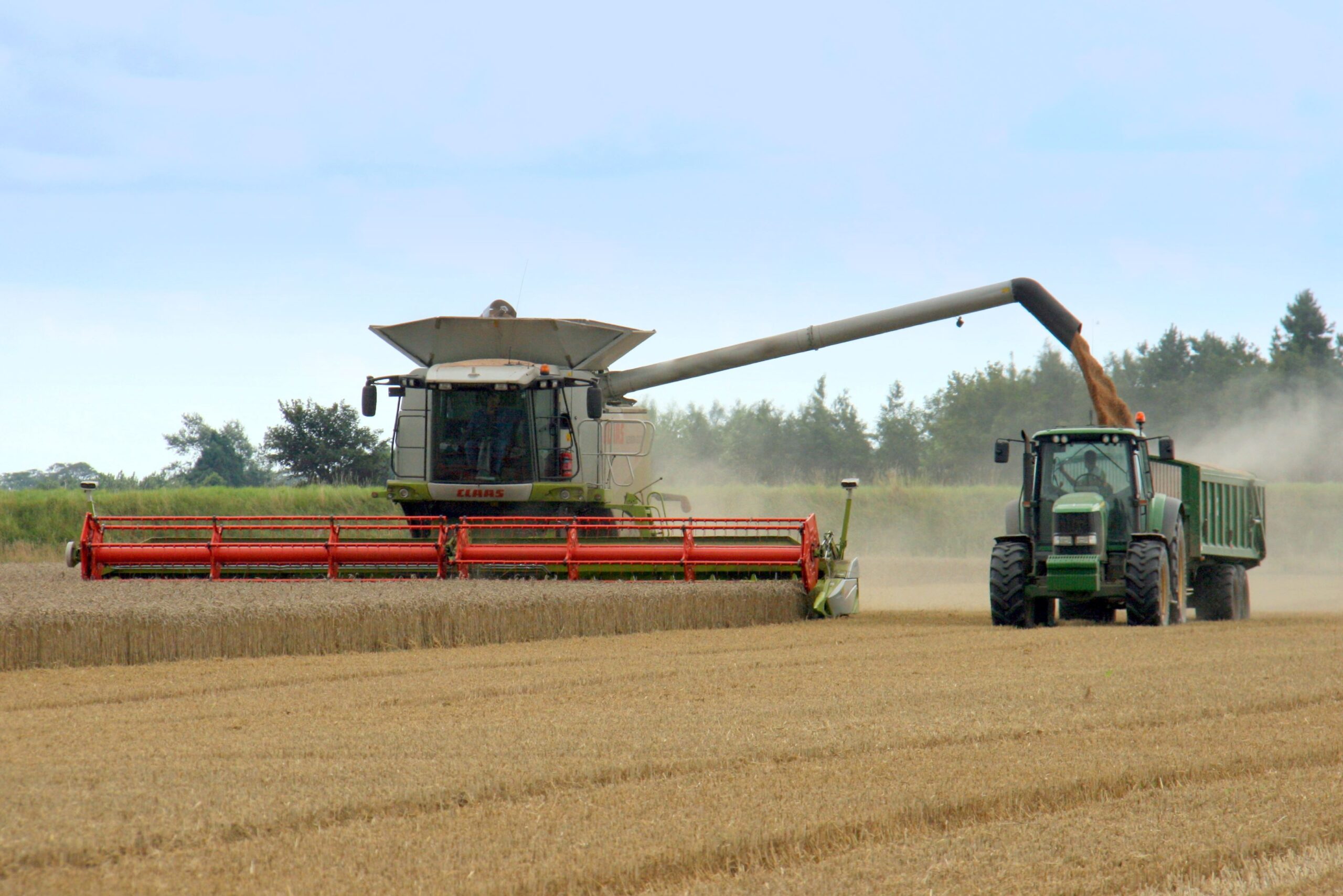
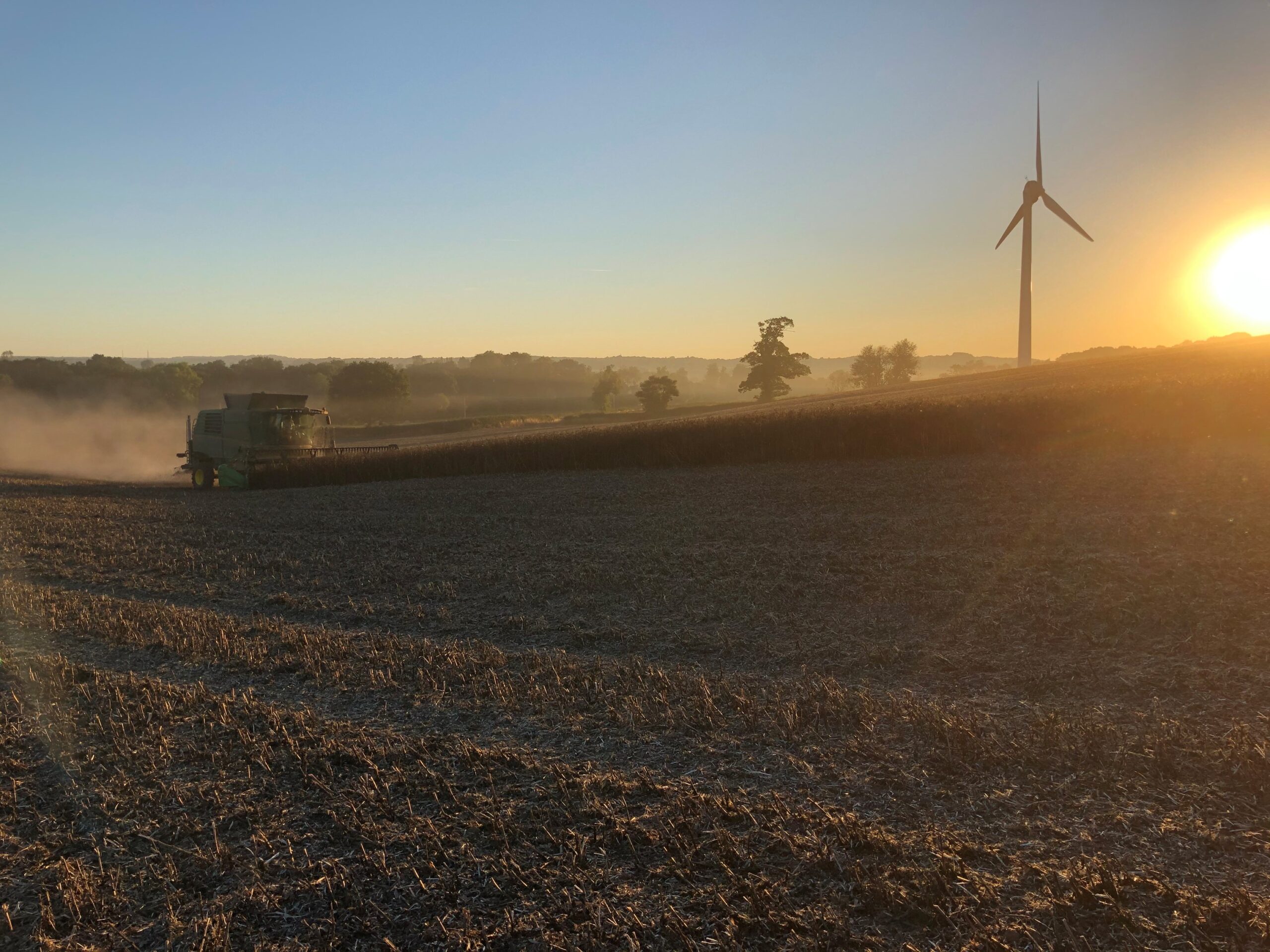
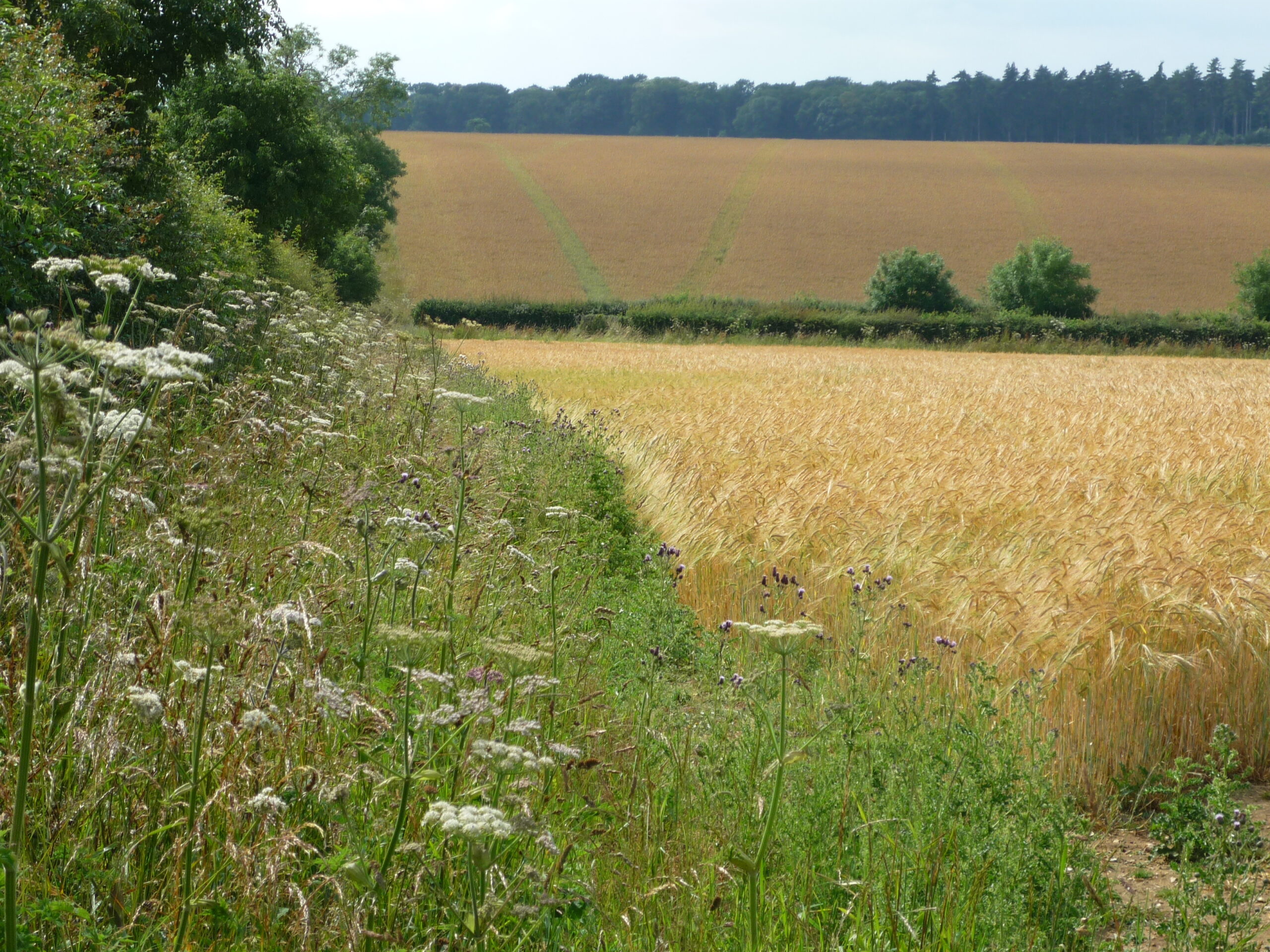
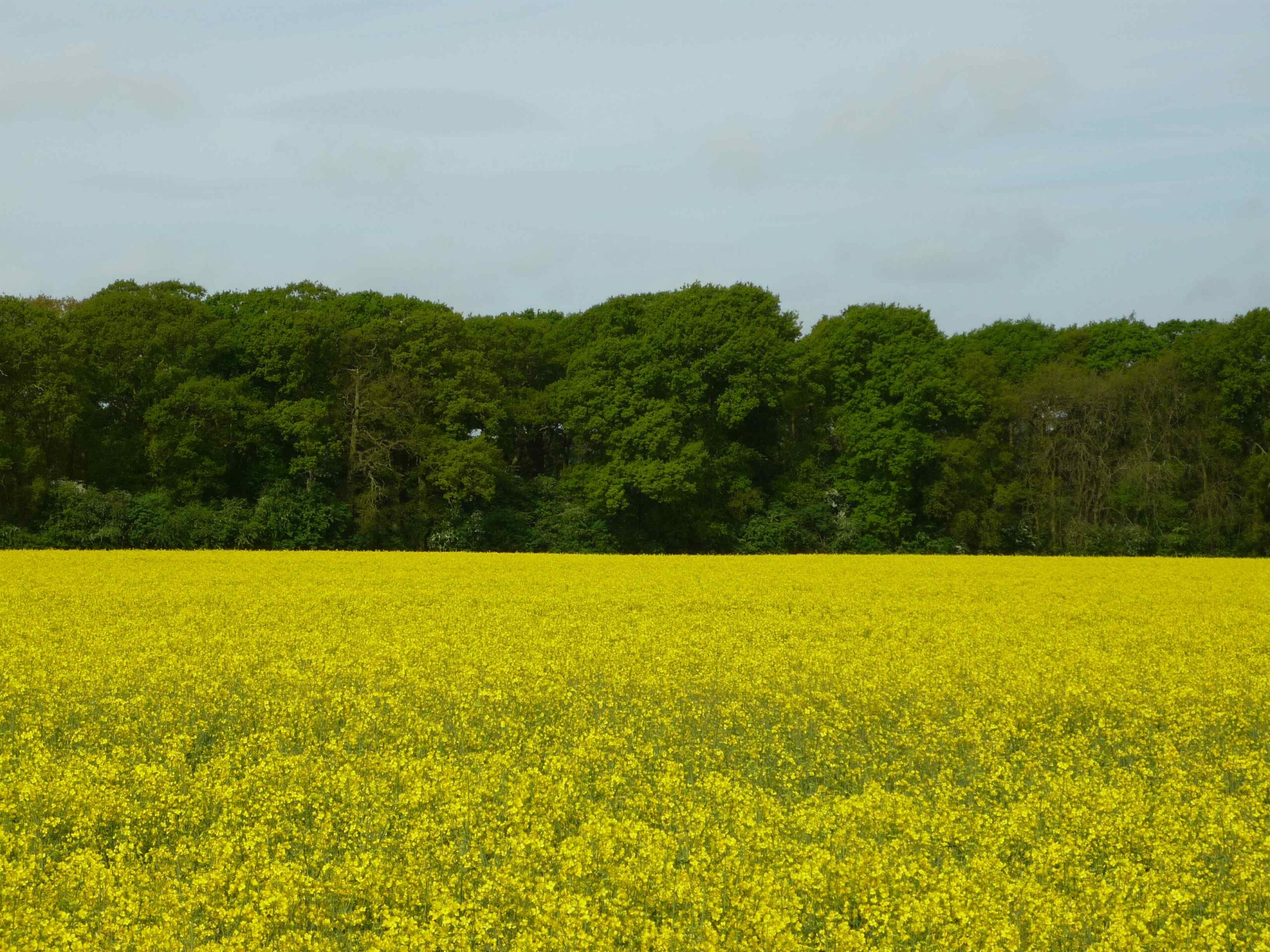
Grain Market Update
Old crop UK feed wheat futures prices (May-25) declined through February. There has been little news to support prices for some time. Large opening stocks, high levels of imports and subdued demand will mean the current trend likely continues. The large import levels of milling wheat in particular have reduced the milling wheat premium from an early season peak of £60 per tonne to around £25 now.
Whilst old crop prices have fallen, new crop prices (Nov-25) have increased, driven by rising global grain markets. US maize futures in particular have increased considerably in recent months. Speculative traders (managed money funds) have bought considerable volumes of maize futures, elevating prices. The weather outlook for maize production in both North and South America had been in question, including excess rainfall in Brazil. In the main maize producing region of Mato Grosso, planting of maize is more than eight percentage points behind the five-year average. However, the forecast is for improved weather.
The US weather has also been a key focus. Key wheat producing states in the US have been on the receiving end of temperatures as much as 15C below normal for February. However, this picture is also improving. Additionally, the current market price dynamics for maize and soyabeans in the US is expected to drive an increase in maize planting for 2025. The price gap between old and new crop could close quickly if the funds started selling.
In the short term, there has been support for UK feed barley prices with export demand driving selling opportunities. This has been much-needed owing to the surplus of out-of-specification malting barley adding to the feed heap from harvest 2024.
One positive aspect for arable markets is the strength of the oilseed rape price. That said, the crop area has declined significantly in recent years meaning the price support will only the minority of cereals farmers still growing the crop. In addition, the positive price movement in oilseed rape may not be enough to tempt nervous growers of the crop for 2025 harvest to sell.
A final point worth noting is the direction of fertiliser prices. Natural gas prices, a key input in the production of ammonium nitrate, hit the highest point since October 2023 in February. Prices have fallen back, but remain almost twice as high as the same point last year. So far we have seen an increase in nitrogen prices in the UK market in 2025, but not to the same level as has been observed on the Continent.
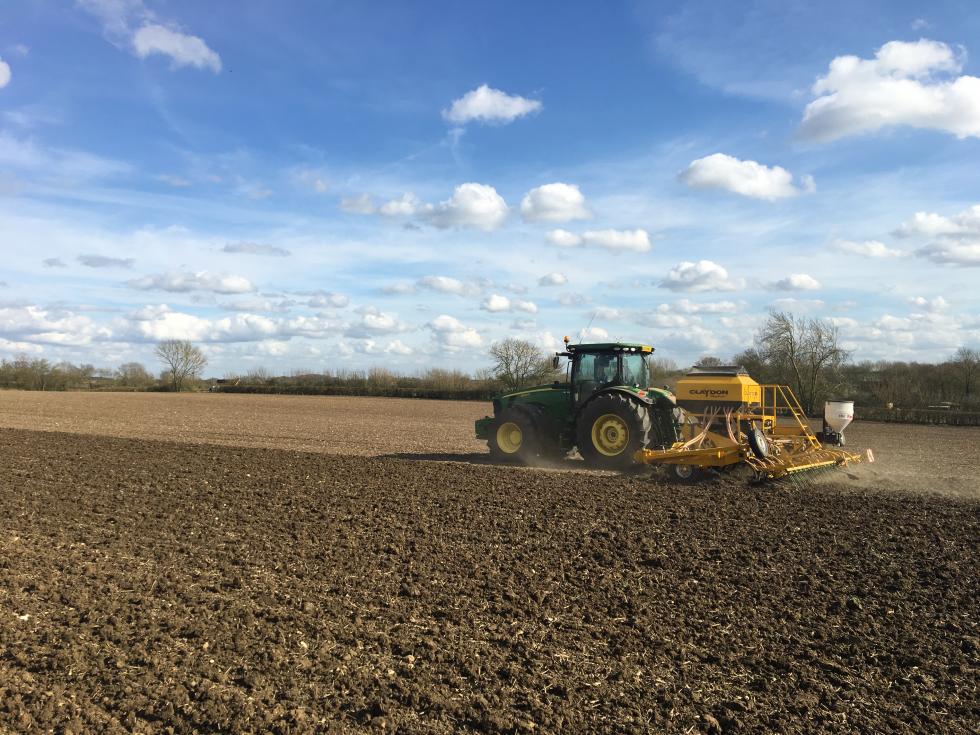
Grain Market Update
The global grain market is tighter in the latest United States Department of Agriculture (USDA) World Agriculture Supply and Demand Estimates (WASDE). The forecasts, published on 10th December, reduced global grain stocks by more than six million tonnes.
The tightness in the grain market comes from the maize and wider coarse grains market, where demand increased by almost nine million tonnes. The wheat stock position increased marginally, despite a fall of two million tonnes in production. The picture for global grain supply and demand is still not set with harvest due in the Southern Hemisphere.
Alongside the tighter supply and demand outlook, trade reports suggest a tightening of Black Sea grain availability in 2025.
The tighter supply and demand outlook is increasing in global grain prices. Paris wheat futures (May 2025), often a good benchmark for UK grain prices, have increased by more than €20 per tonne since the beginning of December. Despite the increase in wheat prices on the continent, UK prices are flat over the same period. A strong Sterling/weak Euro has undermined the ability of UK cereal prices to rise. UK wheat futures (May-25) were up by only around £5 per tonne over the same period. However, the value of oilseed rape has increased significantly in the UK over the past month.
In December, the value of Sterling against the Euro hit the highest point since the EU Exit referendum on 23rd June 2016. It is arguably a case of a weaker Euro than strong Sterling with a series of political challenges, notably in Germany and France weaking the single currency. The relative strength of the Pound makes importing grain from the continent cheaper and undermines the price of UK cereals. Similarly, it also makes purchasing imports from the EU cheaper.
Imports have been a big part of UK grain supply and demand this season, due to tight domestic availability. In the season to October 2024, wheat and maize imports have totaled more than 2 million tonnes, 50% higher than the 5-year average.
The AHDB published its Early Bird Survey results this month, with regional forecasts of crop areas. The survey shows a 5% increase in the winter wheat area to 1.61 million hectares. The survey captures data up to November 15th, subsequent improvements in conditions may have resulted in an increase in area since that point.

Combinable Crop Market Outlook
Global Position
With results from the Northern Hemisphere harvest (which accounts for about 80% of the global grains harvest) now becoming available, forecasts of global grain supply and demand are being refined with some actuals. The latest figures from the International Grains Council (IGC) are presented in the table below for the new 2024/25 marketing year (2024 harvest), alongside the last month’s figures.
| World Grain Supply and Demand – source: IGC | |||||
| Marketing Year –
UK harvest – |
21/22
2021 |
22/23
2022 |
23/24
2023 |
24/25 (2024)
Aug Sept |
|
| m tonnes | WHEAT | ||||
| Production | 780 | 804 | 795 | 799 | 798 |
| Usage | 784 | 794 | 807 | 803 | 803 |
| End Stocks | 274 | 284 | 272 | 266 | 267 |
| Stocks/Use Ratio | 34.9% | 35.8% | 33.7% | 33.1% | 33.3% |
| Stocks: Main Exporters | 62 | 70 | 63 | 59 | 61 |
| m tonnes | MAIZE (CORN) | ||||
| Production | 1,222 | 1,163 | 1,227 | 1,226 | 1,224 |
| Usage | 1,213 | 1184 | 1,223 | 1,229 | 1,230 |
| End Stocks | 298 | 277 | 281 | 277 | 276 |
| Stocks/Use Ratio | 24.6% | 23.4% | 23.0% | 22.5% | 22.4% |
| Stocks: Main Exporters | 56 | 47 | 54 | 58 | 57 |
| m tonnes | SOYABEANS | ||||
| Production | 357 | 376 | 393 | 419 | 419 |
| Usage | 360 | 369 | 385 | 406 | 406 |
| End Stocks | 54 | 61 | 69 | 82 | 82 |
| Stocks/Use Ratio | 15.0% | 16.5% | 17.9% | 20.2% | 20.2% |
| Stocks: Main Exporters | 18 | 16 | 19 | 29 | 28 |
| 22/23 figures estimates; 23/24 forecasts Argentina, Australia, Canada, EU, Kazakhstan, Russia, Ukraine, US Argentina, Brazil, Ukraine, US Argentina, Brazil, US | |||||
It shows that the total wheat and maize production estimates are not changing vastly overall as the various nations’ harvest figures are counted up. However, within the figures, the European crop is declining and the US, Australian and South American crops are being revised upwards. This makes marginal overall change but advantages the European markets with additional surpluses further away from our markets; making them dearer to ship to here. Meanwhile, soybeans have not changed month on month.
Total global grain production estimates now sit at 2,315 million tonnes, or 2.3 billion tonnes. This is the largest crop the world has ever produced. We should not be surprised or impressed with records, as demand rises annually with more mouths to feed and ever-hungrier consumers. Despite harvesting more than ever before, stock levels are likely to decline this year as consumption rises have outstripped production increases. Yet, the ability of our industry to provide sufficient should year-on-year should offer food for thought for those expecting imminent mass starvation because of resource loss. It might happen, but it is clearly not inevitable.
Domestic Situation
The combinable harvest 2024 is now all-but complete in the UK – apart from some areas in the far north, and some later-harvested spring crops including beans and linseed. Harvest progress has slowed in the last week, with the heavy rain having hampered growers’ combining.
Overall yields for winter cereals and oilseeds are lower than average – but, it appears, by less than most people anticipated back in, say, March. Nature, once again has compensated remarkably well since the appalling winter weather; of course with the help of agronomists and farmers. Harvest performance, in terms of yield and quality variation is inevitable each year, but this year, the ranges in both are unsurprisingly greater than usual. Spring crops have faired better, with both yield and quality, especially in the North of England and Scotland. Some spring crops such as spring malting barley are likely to be the best performing combinable crops financially this year on many farms.
The unexpected and extreme weather conditions will have disadvantaged some farmers more than others, meaning those who usually excel may not stand out from the crowd this year, and indeed, bank managers and farm advisors might see cash issues with farms that are usually very safe, whilst others are relatively unaffected.
Over the last 31 days, the November 2024 (new-crop) wheat futures contract has fallen by £5 per tonne, and is now close to its contract low set in March. This is despite a rise since then of £47 per tonne, followed to a £45 fall. Previous Editions of this Bulletin have reminded the reader that prices of grains in the UK are not set by local supply and demand, having such a small proportion of the global production and trade. Having a small UK crop is not a very bullish factor on the scale of things. Whilst the 2024 crop price has swung so much since spring, the value of 2025 wheat has shifted far less, being £2 per tonne dearer when prices fell, the £12 per tonne cheaper when they rose. It is now back to carrying a £14.40 premium over 2024 crop prices.
Feed barley has outperformed feed wheat this month, with its discount now smaller than it was at the end of August. However, it is now dear on a global basis which suggests lack of exports might soon curtail additional price rises, especially as the UK does have an exportable surplus. Demand has picked up by compounders and pushed more value into barley than wheat. Malting barley premiums are slimming as it emerges the harvest, especially in Scotland is better than previously expected – being a smaller and more domestic market, the malting barley market is more localised than wheat.
Half of the combinable pulses are still in the field and may have been affected by the recent very heavy rains. Samples from other countries are showing insect damage, so potentially leaving opportunities for our pulses if they are clean and bright. It may be prudent to reflect on marketing them before the Australian harvest arrives in the New Year, which is likely to be clean.

Grain Market Update
Whilst UK yields will undoubtedly be lower for harvest 2024, over the course of the past month, the value of arable commodities has increased. The rise is fueled by concerns about global new crop (2024 harvest) availability.
World market price rises are a result of the tight supply and demand situation for grains developing ahead of the 2024 harvests. The United States Department of Agriculture (USDA) published its first estimates of 2024/25 supply and demand earlier in May. Global grains supplies are expected to increase by 21Mt; however, this is offset by a 21Mt rise in consumption, and a fall in opening stocks. It results in an overall forecast decline in grain stocks of 4Mt, year-on-year.
A large driver of the decline in grain stocks is the fall in forecast wheat stocks. Declines are anticipated for six of the eight top wheat exporting nations. The largest fall in is expected for the EU and Russia. That said, the latter is still expected to be the top wheat exporter globally. Russian conditions are a key watch point for grain prices at present. Russia’s key wheat growing regions have been dry with abnormally low temperatures also hitting the crop.
New crop (November 2024) UK feed wheat futures were worth more than £220 per tonne on 21st May, an increase of almost £18 per tonne on the previous month. In the physical market, AHDB has reported November 2024 bread milling wheat prices approaching £300 per tonne delivered into the North West. This is a strong signal of the concern surrounding domestic milling wheat availability. Plantings are down considerably year-on-year, and opportunities to apply nutrition to crops has been limited.
The price of competitor feed grains will be a factor to keep an eye on in realtion to UK feed wheat pricing. Barley prices have also risen over the past month but remain at an increasing discount to wheat owing to expectations of larger supplies. Availability of feed barley could still increase, depending on the quality of the malting crop. Maize import prices are also at an increased discount to wheat.
Looking further ahead, values for 2025 harvest are also relatively attractive, given an increase in the wheat area globally looks inevitable. November 2025 UK feed wheat futures were worth almost £212 per tonne on 21st May.
Rapeseed prices are also higher than they have been in recent months. Concern around availability in the EU has moved new crop rapeseed prices back above £400 per tonne, in some regions. Gains in prices have been capped slightly by expectations of large global soyabean crops.
